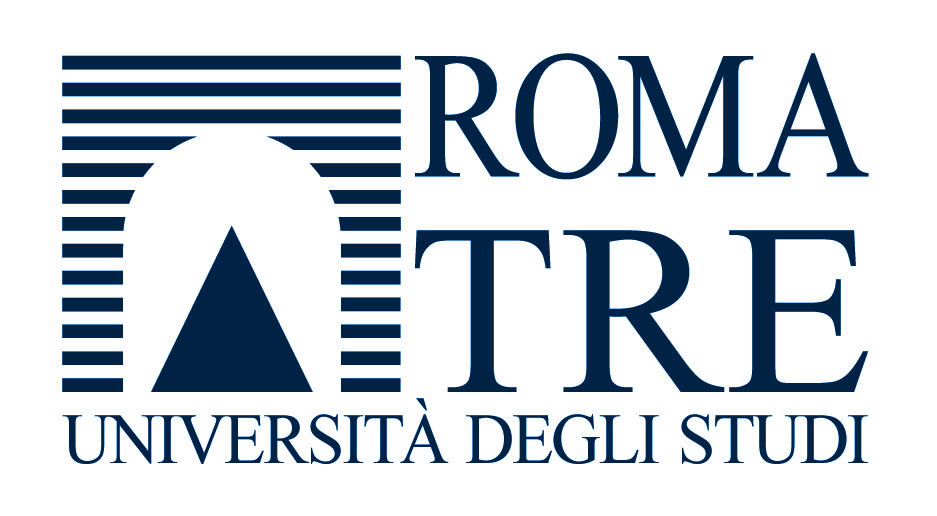|
Teacher
|
BARBA Salvatore
(syllabus)
Module 0 – Introduction
- Presentation of the course, objectives, assessment methods
- Introduction of students, background check
- Brief overview of seismology and its importance
Module 1 – Fundamentals of Seismology
- Definition of earthquake, plate tectonics and deformations.
- Introduction to the stress and strain tensor:
- Main concepts: Traction vector, Cauchy relations.
- Diagonalization of the tensor and main stresses.
- Stress invariants and cubic expansion.
- Applications: Importance to understand the seismic source.
- Relationships between stress and strain:
- Notes on constitutive equations: Generalized Hooke's law.
- Isotropic and homogeneous elastic patterns.
- Magnitude, intensity and seismic energy:
- Differences between seismic scales (Richter, seismic moment, Mw).
- Practical applications: How to calculate magnitude from data
Observed.
- Earth's internal structure and discontinuities:
- Seismic wave method to deduce the internal structure. - Free oscillations of the Earth: - Fundamental modes: Spheroidal and toroidal. - Importance for the global study of Earth dynamics. - Introduction to rheology: 1 - Viscoelastic Maxwell, Kelvin-Voigt and SLS models. - Relationships between time-dependent deformation and creep. - Applications in seismology: Creep analysis in slow tectonic phenomena. Module 2 – Seismic waves and propagation - P and S waves, surface waves (Rayleigh, Love). - Phase speed and group speed. - Peculiarities of particle motion for P and S waves. - Refraction and reflection: Snell's principles. - Anisotropy and attenuation. - Geometric spreading and dispersion of surface waves. - Notes on the wave equation in simple means. - Introduction to velocity models: homogeneous, stratified, anisotropic. - Practical examples: comparison between velocity models and observed data. - Seismic radius theory: fundamental concepts.
- Energy conversion on discontinuities: reflection and transmission coefficients. - Notes on dispersion and dispersion curves. - Introduction to seismic tomography: applications to study the inner Earth. - Examples of global and regional tomography. Module 3 – Seismic Source and Focal Mechanisms - Source parameters: fault length, mean displacement, rupture area. - Seismic moment tensor: calculation and interpretation. - Radiation diagrams for P and S waves: geometry and applications. - Classical focal mechanisms: analysis and graphical representation. - Case studies: analysis of focal mechanisms for recent events. - Implications for active tectonics. - Relationship between seismic moment, magnitude and energy released. - Methods for estimating the seismic moment from observed data. 2 Module 4 – Instrumentation and Seismic Data Analysis - Principles of operation of seismometers: analog and digital. - Characteristics of seismic networks: coverage, resolution. -
- Data processing: acquisition and digitization. - Identification of P, S and surface wave phases: techniques and tools. - Interpretation of seismograms. - Introduction to seismic catalogs and their applications. Module 5 – Localization and Inversion - Classical methods of localization: time curves, triangulation. - Wadati method for estimating origin time. - Inverse methods: mathematical bases and common algorithms. - Applications of reverse localization. - Simplified speed models: their use in localization. - Pre-processing of data for inversion. - Practical examples: localization of regional and global earthquakes. - Introduction to local tomography: techniques and applications. Module 6 – Seismic Hazard and Risk - Basic concepts: hazard, vulnerability, exposure. - Qualitative and quantitative methodologies. - Probabilistic methods for seismic hazard (PSHA): principles and applications.
- Hazard maps: construction and interpretation. - Early warning systems: principles, technologies and limits. - Risk communication strategies to the population. Module 7 – New Technologies and Applications - Introduction to machine learning for the classification of seismic signals. - IoT applications for distributed seismic monitoring. 3 - Citizen science: involvement of the population in data collection.
(reference books)
Recommended Texts and References:
- Shearer, "Introduction to Seismology".
- Lay & Wallace, "Modern Global Seismology".
- Stein & Wysession, "An Introduction to Seismology, Earthquakes, and Earth
Structure".
- Documentation of ObsPy, SEISAN or similar software.
|
 Università Roma Tre
Università Roma Tre